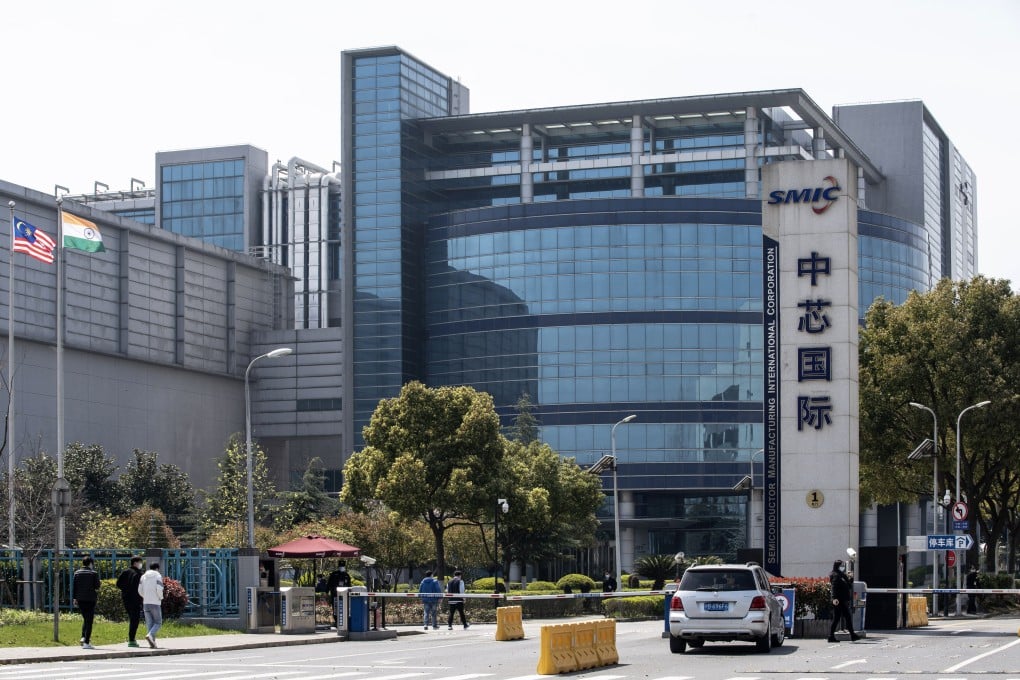Tech war: Shanghai emerges as China’s semiconductor highland with one quarter of nationwide chip value output and most of the talent
- City has emerged as a centre for China’s most competitive chip players, including SMIC and SMEE
- Local authority gave priority to semiconductor businesses to resume their production and operations as soon as possible during recent lockdown

Shanghai is styling itself as China’s semiconductor highland, with the city now accounting for one quarter of the country’s semiconductor value output and 40 per cent of the country’s chip talent.
Wu Jingcheng, director of the Shanghai Municipal Commission of Economy and Informatization, said at a press conference on Wednesday that the city’s chip firms are leading the country’s technological breakthroughs in the value chain, highlighting the important role of Shanghai in China’s semiconductor landscape.
While Shanghai has made limited progress in achieving its other ambitions, such as becoming an “international financial centre by 2020”, or turning into a “free trade” zone, the city – which endured a two month draconian lockdown in April and May amid a Covid-19 outbreak – has emerged as a centre for China’s most competitive chip players.
These include the country’s top fab Semiconductor Manufacturing International Corp (SMIC) and Shanghai Microelectronics (SMEE), the country’s most advanced chip equipment maker.
According to Wu, the city has realised mass production of 14-nanometre chips, in an apparent reference to SMIC, and is able to make deep ultraviolet lithography systems for 90-nm chips, in a reference to SMEE.
In total, the market size of Shanghai’s semiconductor industry reached 250 billion yuan (US$36.95 billion) in 2021, or about a quarter of China’s total, according to Wu. The city has attracted over one thousand key industry players and over 40 per cent of the country’s chip talent, Wu added.
Wu’s comments at the press conference were first published by Shanghai media outlets, including the China Business News and Jiemian.